About Us
Partners
Clinical Research and Clinical Trials
 |
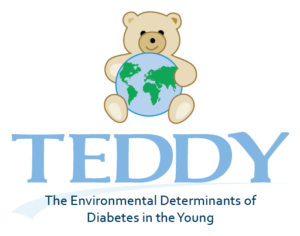 |
|
|
Type 1 Diabetes TrialNet is an international network of researchers who are exploring ways to prevent, delay and reverse the progression of type 1 diabetes. |
TEDDY is an international consortium of six centers assembled to participate in the development and implementation of studies to identify infectious agents, dietary factors, and other environmental agents, including psychosocial factors that trigger type 1 diabetes in genetically susceptible people. |
|
 |
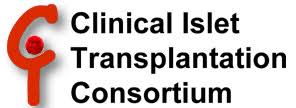 |
|
| dkNET is a search portal to find research resources relevant for research and to keep up to date on new tools, services and mandates to support robust and reproducible science. dkNET is an information hub for the research community and is funded by the National Institute of Diabetes and Digestive and Kidney Diseases (NIDDK). |
The Clinical Islet Transplantation Consortium is a network of clinical centers and a data coordinating center established to conduct studies of islet transplantation in patients with type 1 diabetes. |
Pathology, Islet Resources, and Animal Models
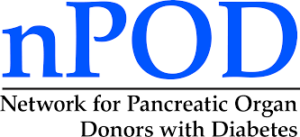 |
 |
|
|
The Network for Pancreatic Organ donors with Diabetes (nPOD) is a JDRF-supported research program. It is a collaborative research project that supports nPOD approved diabetes investigators by freely providing rare and difficult to |
The National Institute of Diabetes and Digestive and Kidney Diseases (NIDDK) of the |
|
|
|
|
|
|
|
||
|
The National Institute of Diabetes and Digestive and Kidney Diseases (NIDDK) of the National Institutes of Health (NIH) established Central NIDDK Repositories for biosamples and data collected in clinical studies. The purpose of the Central Repositories is to expand the usefulness of these studies by providing access to the biosamples and data to a wider research community beyond the end of the study. |
The NIDDK has funded a Type 1 Diabetes Resource (T1DR) at The Jackson Laboratory (TJL). The purpose of this resource is to collect and cryopreserve ~150 mouse stocks important to research in type 1 diabetes.This major NIDDK-directed collaborative effort currently has an increased emphasis on preclinical research model development. |
Funding Agencies
 |
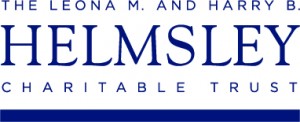 |
|
|
Support for the Human Islet Research Network (HIRN) is provided by the NIDDK and by the Type 1 Diabetes Special Statutory Funding Program. |
The HIRN gratefully acknowledges support provided by a grant from The Leona M. and Harry B. Helmsley Charitable Trust for the 2015 – 2019 HIRN Annual Investigator Meetings. |
Interactive Map
| Title | Category | Address | Description | Link |
|---|
Logos
A Microsoft PowerPoint template is available for download:
Download HIRN Presentation Template (6167 downloads )
The HIRN logo and schematics are available for download:
|
Official Logos |
Consortium Schematics* |
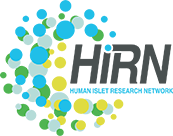 |
Small-size format, suitable for screen use. Pixel dimensions: 224 x 176 pixels. |
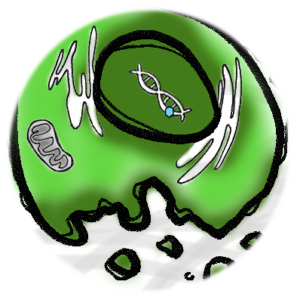 |
CBDS Schematic
PNG format |
|
 |
Medium-size format, suitable for Pixel dimensions: 469 x 368 pixels. |
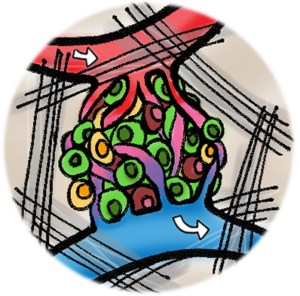 |
CHIB Schematic
PNG format |
|
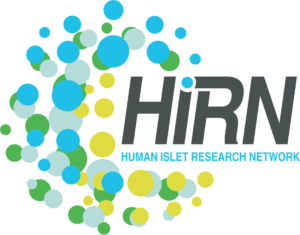 |
Large-size format, suitable for using on posters and in print. Pixel dimensions: 938 x 736 pixels. |
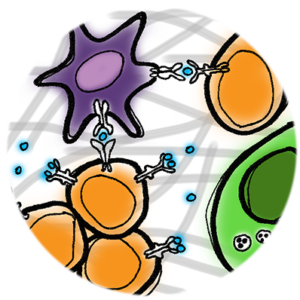 |
CMAI Schematic
PNG format |
|
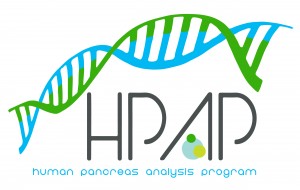 |
Extra-large size format, suitable for posters, billboards and print. Pixel dimensions: 2500 x 1587 pixels. |
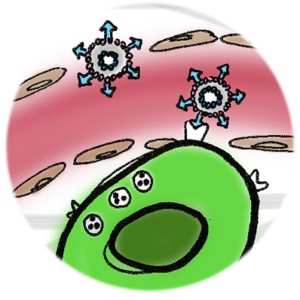 |
CTAR Schematic PNG format
|
|
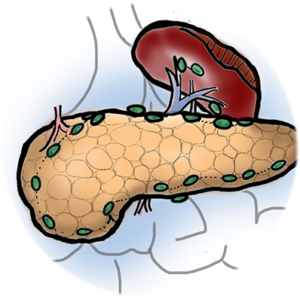 |
HPAC Schematic PNG format
|
|||
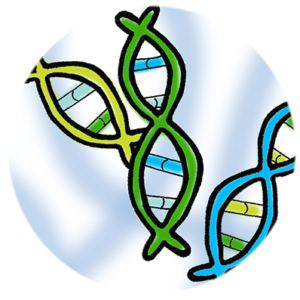 |
HPAP Schematic PNG format |
* Logos courtesy of Diane Saunders, Vanderbilt University.
FAQs
1. What is HIRN?
HIRN stands for ‘Human Islet Research Network’. It was founded in 2014 to help organize and support collaborative research related to the loss of functional beta cell mass in Type 1 Diabetes (T1D). The project consists of five independent research initiatives (consortia) as well as a an Administrative Hub consisting of the Program Staff at the NIH NIDDK, a Coordinating Center and Bioinformatics Center.
2. Who is in the HIRN?
The HIRN currently consists of 35 distinct UC4 Research Grants affiliated with one of five consortium. Investigators are located internationally and can be viewed on the website under Participants, on the Investigator Map, or on using our Interactive Investigator Diagram. The Postdoctoral Fellows and Research Staff of each of the UC4 grants are members of the HIRN network as are the Collaborators, External Scientific Panel (ESP) Members, and the NIH NIDDK Program Staff. Additionally, the HIRN also consists of a Coordinating Center and a Bioinformatics Center located within the Department of Diabetes and Cancer Discovery Sciences at City of Hope.
2. How can I learn about HIRN Research?
The abstracts for each HIRN Research Project is posted on the Main Menu under the “Projects” tab. Additionally, under the “Papers” tab on the Main Menu you can access the Annual Executive Summary Reports (under ‘Reports‘) and publications that acknowledge HIRN (under “All HIRN Publications“).
3. How can I learn more about the Annual Investigator Meeting?
Please check under the “Overview” tab on the Main Menu to the “Annual Investigator Meeting” webpage.
4. How can I join HIRN?
HIRN is a closed network. You must have an accepted HIRN UC4 grant to participate. Please check under the “NIH Announcements” part of the “Funding” tab on the Main Menu to see if there are any open Requests for Applications (RFAs) for HIRN.
5. How should HIRN be acknowledged in manuscripts?
Please use the following template for HIRN acknowledgment in publications:
“This research was performed using resources and/or funding provided by the NIDDK-supported Human Islet Research Network
(HIRN, RRID:SCR_014393; https://hirnetwork.org ; UC4 DKZZZZ to XY).”
Last Updated on: February 20, 2018



